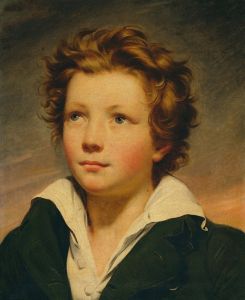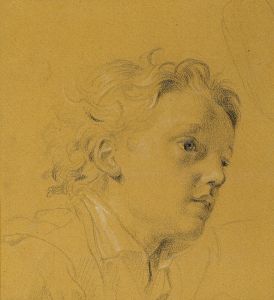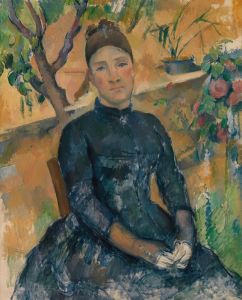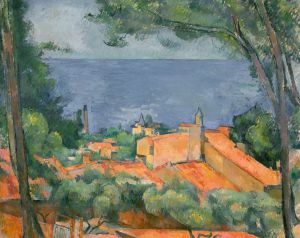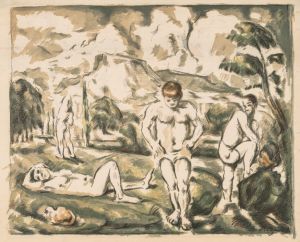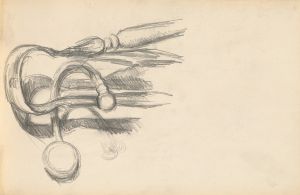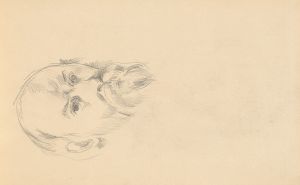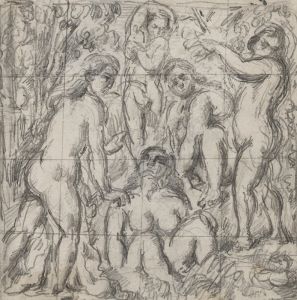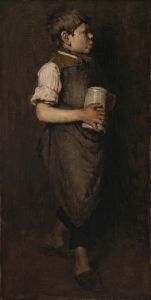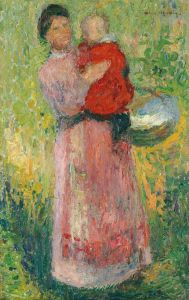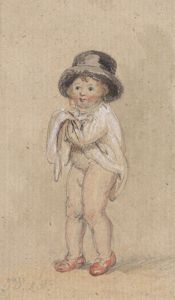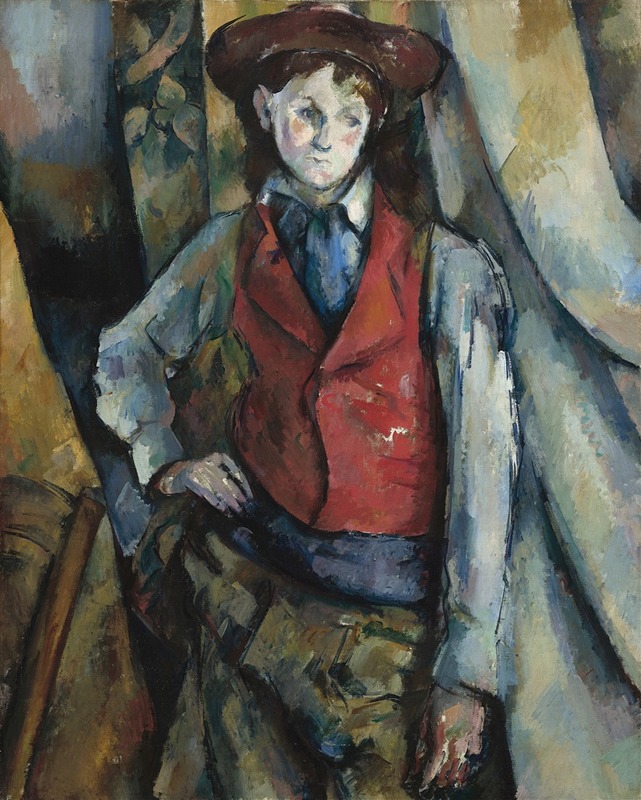
Boy in a Red Waistcoat
A hand-painted replica of Paul Cézanne’s masterpiece Boy in a Red Waistcoat, meticulously crafted by professional artists to capture the true essence of the original. Each piece is created with museum-quality canvas and rare mineral pigments, carefully painted by experienced artists with delicate brushstrokes and rich, layered colors to perfectly recreate the texture of the original artwork. Unlike machine-printed reproductions, this hand-painted version brings the painting to life, infused with the artist’s emotions and skill in every stroke. Whether for personal collection or home decoration, it instantly elevates the artistic atmosphere of any space.
"Boy in a Red Waistcoat" is an oil painting by the renowned French Post-Impressionist artist Paul Cézanne. Created between 1888 and 1890, this artwork is one of Cézanne's most celebrated portraits and exemplifies his innovative approach to form and color, which significantly influenced the development of modern art.
The painting depicts a young boy dressed in traditional Italian attire, featuring a vibrant red waistcoat, a white shirt, and a blue neckerchief. The boy is seated, with his right arm resting on a table and his left hand placed on his lap. His expression is contemplative, and his gaze is directed slightly away from the viewer, adding a sense of introspection to the portrait. The background is composed of muted tones, which contrast with the vividness of the boy's clothing, drawing attention to the central figure.
Cézanne's technique in "Boy in a Red Waistcoat" is characterized by his use of color modulation and brushwork to create depth and volume. Instead of relying on traditional methods of shading, Cézanne employed patches of color to build form, a technique that would later be pivotal in the development of Cubism. The painting's composition reflects Cézanne's interest in geometric simplification, as seen in the structured arrangement of the boy's figure and the surrounding elements.
The identity of the boy in the painting is not definitively known, but it is widely believed that he was one of the Italian models who posed for Cézanne during his time in Paris. Cézanne often worked with a small group of models, and this particular boy appears in several of his works from the same period. The use of Italian models was not uncommon in Paris during the late 19th century, as they were readily available and often posed for various artists.
"Boy in a Red Waistcoat" is part of a series of portraits that Cézanne painted during the late 1880s and early 1890s, a period when he was increasingly focused on portraiture. This series includes several other paintings featuring the same model, each capturing different poses and expressions. These works demonstrate Cézanne's evolving style and his exploration of the human form through the lens of his unique artistic vision.
The painting is housed in the National Gallery of Art in Washington, D.C., where it is part of the Chester Dale Collection. It has been exhibited in numerous major exhibitions worldwide, contributing to Cézanne's reputation as a pivotal figure in the transition from 19th-century artistic conventions to the radical innovations of the 20th century.
Cézanne's influence on subsequent generations of artists cannot be overstated. His approach to form and color laid the groundwork for the emergence of Cubism, with artists like Pablo Picasso and Georges Braque drawing inspiration from his work. "Boy in a Red Waistcoat" remains a testament to Cézanne's mastery and his enduring impact on the art world.





